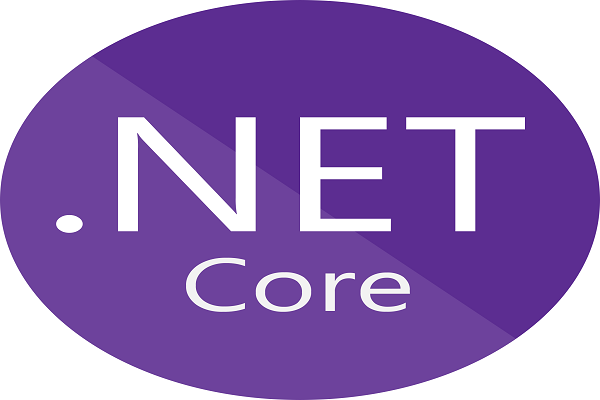How will you define view data? Which is very much similar to view bags. What is the view data technique? What could be used to handle data? Where is View Data declared as a component with the type View Data ...
View State Definition: View state is stored in a structure and is immediately accessible when the page loads. The values stored in the view state are not transferable among pages. The view state is enabled by default, and independent of whether that is utilized during a component, it serializes theRead more
View State Definition:
View state is stored in a structure and is immediately accessible when the page loads. The values stored in the view state are not transferable among pages.
The view state is enabled by default, and independent of whether that is utilized during a component, it serializes the data in every component on the page.
The Enable View State attribute must be set to false to deactivate the view state for a single control.
The Enable View State Mac property is used to recognize any effort or approach to corrupt the view state.
View state’s general characteristics include storing the values of regulated characteristics and pages discovered in the responsible page without the need of a session, preserving the value of the direct authority after a post-back procedure, and creating a custom view state supplier for storing view state information from the database.
View state is simple to set up and requires no system resources. It also comes with better security measures, compacted or encrypted, and helps with Unicode implementations.
The disadvantages of view state, on the other hand, are numerous. The performance is not optimal for big amounts of data, as huge values may cause the view state to be slow. Only the variables for the very same page can be saved in the view state. It also poses a security concern and necessitates additional coding to ensure data protection.
See less

View Data Definition: We can transfer database schema from a controller to a view in numerous ways in an ASP.NET MVC application, including View Bag, View Data, Temp Data, Session, and Application, as well as highly typed views. You may also use the Session and Application State variables to handleRead more
View Data Definition:
We can transfer database schema from a controller to a view in numerous ways in an ASP.NET MVC application, including View Bag, View Data, Temp Data, Session, and Application, as well as highly typed views.
You may also use the Session and Application State variables to handle data during a user session or across the project, just like we do in our standard WebForms.
View Data is a technique in the ASP.NET MVC Architecture for passing data from a management function definition to a view.
View Data is declared as a component with the type View Data Dictionary in the Controller Base object.
If you correct it and choose to go to description, you’ll see that View Data is described as a property in the Controller Base class with the type View Data Dictionary.
See less